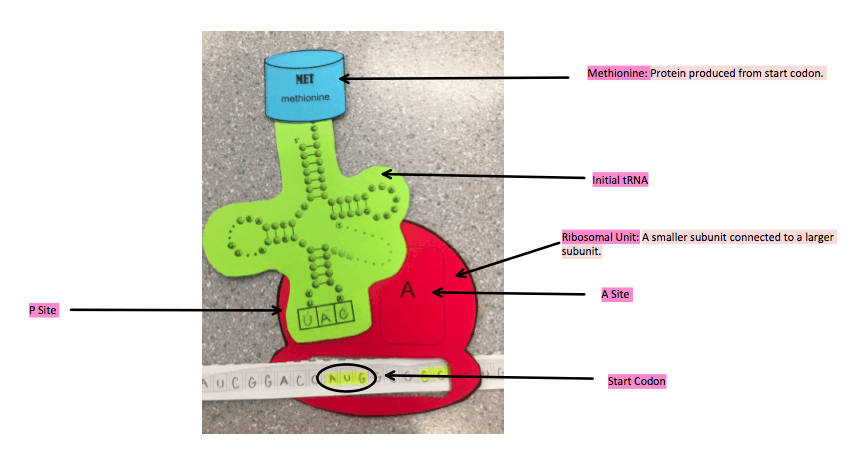Diffusion in Agar Cubes
Data Table:
Cubes in water:
Cubes turned pink:
1. In terms of maximizing diffusion, what was the most effective size cube that you tested?
The smallest size cube, which for us was 6.4 cubic centimetres in volume. This is because the smaller the cube the more efficient it’s diffusion is.
2. Why was that size most effecting at maximizing diffusion? What are the important factors that affect how materials diffuse into tissues and cells?
The smaller the cube, the more membrane in proportion to the rest of the cube – therefore expanding the ratio of diffused area to non-diffused are. The cubes are representative of cells, which require a larger membranes so that materials can diffuse in and out of the cell/tissue at a more efficient pace.
3. If a large surface area is helpful to cells, why do cells not grow to be very large?
Cells that are large are not as efficient at diffusion materials, they lack a large membrane in comparison to the rest of the cell. Larger cells must divide to create two smaller cells which each have a high SA:V ratio – therefore allowing the cell to have the best efficiency. Large cells restrict the organisms size – they must divide in order to keep a high SA:V ratio – when cells are growing their volume increases faster then their surface area causing the ratio to increase in the wrong direction.
4. You have three cubes A, B and C. They have surface to volume rations of 3:1, 5:2, and 4:1 respectively. Which of these cubes is going to be the most effective at maximum diffusion, how do you know this?
Cube C – Cube C has the highest SA:V ratio, the higher the SA:V ratio the more efficient it’s diffusion and the smaller it is.
5. How does your body adapt surface area-to-volume ratios to help exchange gases?
As an animal, we are multicellular organisms. Allowing larger cells to divide to form smaller cells with a high surface are-to volume ratio which provides us with the capacity to have adequate gas exchanges. If the ratio decreases it also reduces the rate of gas exchange.
Lungs speed up to provide a more efficient way for materials to diffuse. They do this with the help of alveolus – tiny air sacs on the lungs.
6. Why can’t certain cells like bacteria, get to be the size of a small fish?
Bacteria is a unicellular organism. When there is a unicellular organism it limits it’s size because the cell needs to stay small in order to maximize diffusion efficiency. If the cell grows to be to large, the surface area increases way slower then the volume causing a decrease in the SA:V ratio, it must divide. Bacteria cannot have it’s cell divide because it’s a unicellular organism.
7. What are the advantages of large organisms being multicellular?
Multicellular organisms would be plants or animals.
- There are unique features: Gas exchange organs, Circulatory.
- There is no problems with organism size, they can grow much bigger the unicellular organisms – due to the fact that they can have multiple large cells which can divide to create more and more efficient diffusors.
















